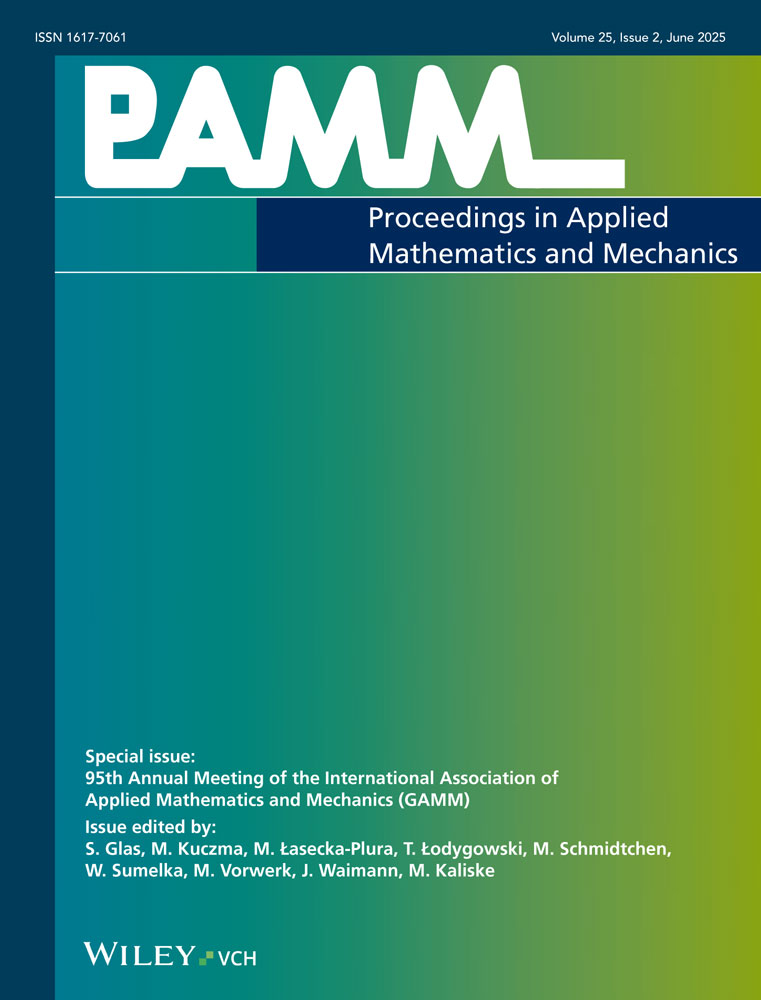Model order reduction of dynamic skeletal muscle models
Abstract
Forward-dynamics simulations of three-dimensional continuum-mechanical skeletal muscle models are a complex and computationally expensive problem. Considering a fully dynamic modelling framework based on the theory of finite elasticity is challenging as the muscles' mechanical behaviour requires to consider a highly nonlinear, viscoelastic and incompressible material behaviour. The governing equations yield a nonlinear second-order differential algebraic equation (DAE), which represents a challenge to model order reduction (MOR) techniques. This contribution shows the results of the offline phase that could be obtained so far by applying a combination of the proper orthogonal decomposition (POD) and the discrete empirical interpolation method (DEIM). (© 2016 Wiley-VCH Verlag GmbH & Co. KGaA, Weinheim)




